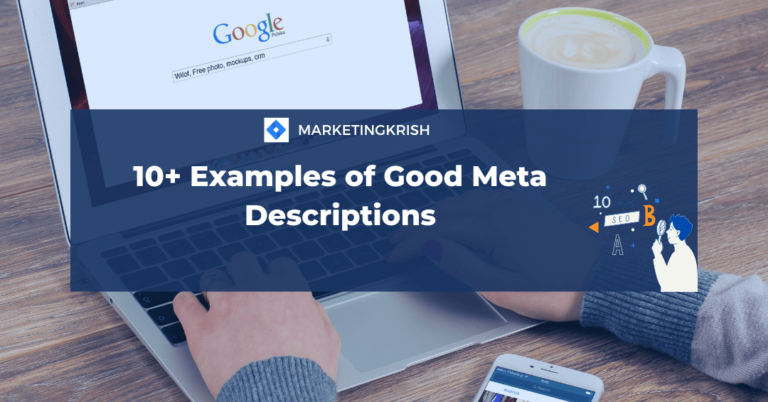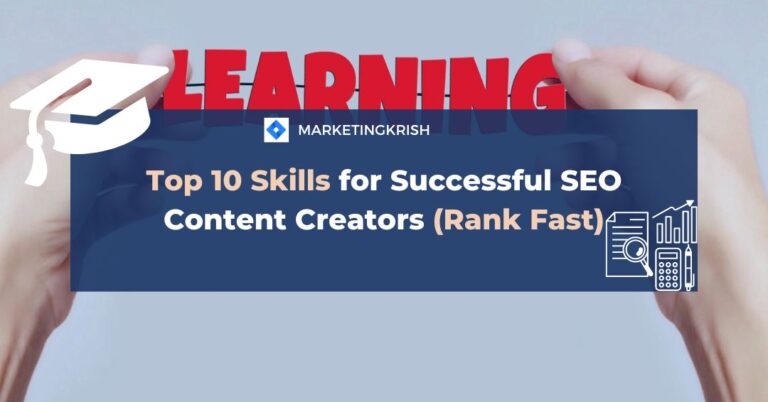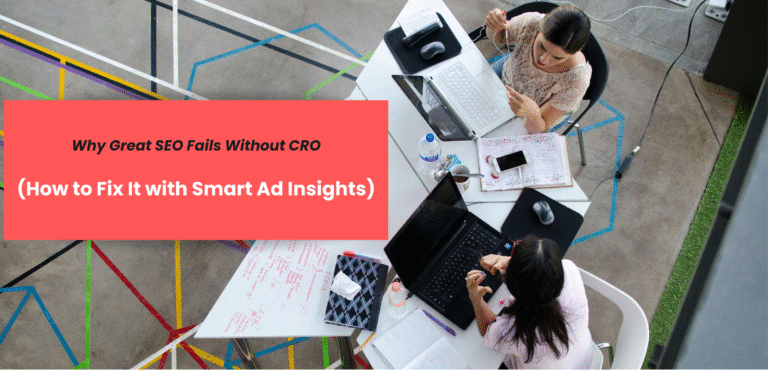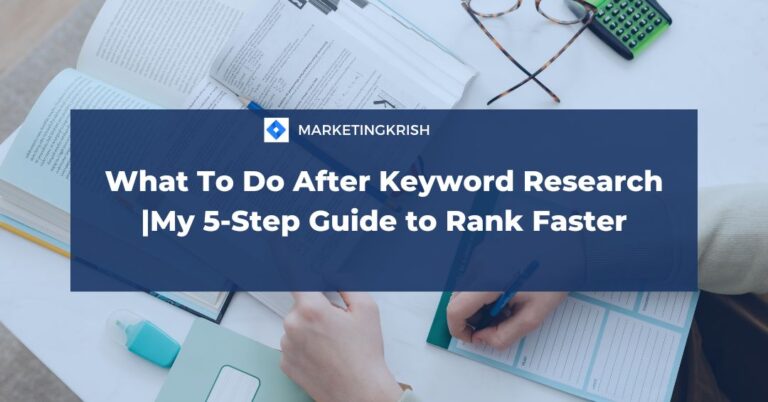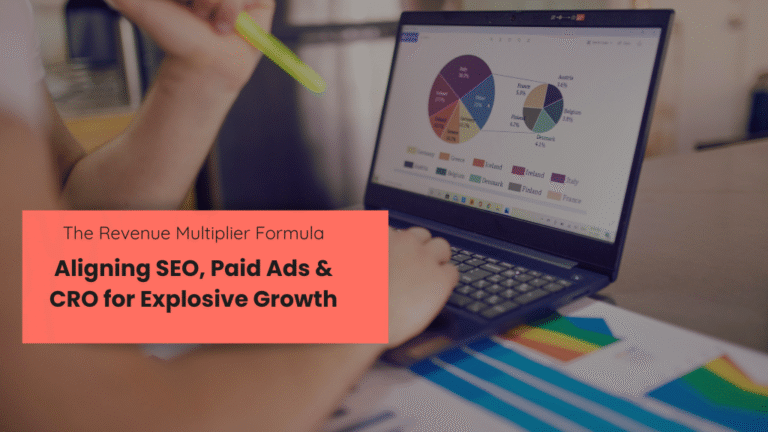2025 SEO Playbook: The Hidden Ranking Factors No One’s Talking About (Yet)
The world of SEO optimization is changing faster than ever. What worked in 2023 or even 2024 may no longer guarantee top rankings in 2025. Google’s evolving algorithm now prioritizes real user experience, authenticity, and intent-driven content over outdated SEO tricks like keyword stuffing or spammy backlinks.
But here’s the thing while everyone is busy chasing the obvious ranking factors, there are still a few hidden SEO ranking factors quietly shaping who gets more traffic, relevance, and conversions in search results.
Let’s dive into the 2025 SEO Playbook, explore an actionable SEO checklist, and uncover the ranking factors no one’s really talking about (yet).
1. Search Intent Clustering — Not Just Keywords Anymore
In 2025, keywords still matter but search intent has become the real ranking driver behind every successful SEO strategy. Google’s ever-evolving algorithm now measures how effectively your content satisfies user intent and covers related queries within the same relevance cluster.
For instance, if your main keyword is “best running shoes”, Google expects your page to also touch on related searches like “running shoes for beginners,” “cushioned running shoes,” and “how to choose running shoes.” Covering these subtopics signals that your content deserves higher ranking and can attract more organic traffic and conversions.
To understand how intent-driven SEO directly impacts conversions, check out our detailed guide on SEO to Revenue Conversion Fix.
Pro Tip:
Use Google’s People Also Ask and Related Searches sections as part of your SEO checklist to discover these topic clusters. Creating content that connects them naturally shows Google your page is a complete, user-focused answer hub built for both relevance and results.
2. Dwell Depth — The New Engagement Signal
Forget relying on just time on page as an engagement metric. In 2025, Google’s evolving algorithm focuses on something deeper Dwell Depth, a measure of how far a user travels into your website journey.
If someone lands on your blog, clicks an internal link to your product page, and then explores a case study that’s a strong signal of engagement. It shows your content isn’t just generating traffic; it’s holding attention, increasing relevance, and driving meaningful conversions.
Pro Tip:
- Add strategic internal links using curiosity-driven anchor text.
- Use content blocks like “You might also like…” or “Next read” at the end of every post.
- Create a logical, story-like flow between your pages.
When implemented right, this simple SEO trick can turn your website into a high-engagement ecosystem not just a one-page visit. It’s an essential part of any modern SEO checklist for improving overall ranking factors and audience retention.
3. Brand Experience Optimization (BXO)
In 2025, Google’s evolving algorithms don’t just analyze keywords and backlinks; they evaluate how memorable, relevant, and satisfying your brand experience feels online. Elements like color harmony, visual hierarchy, scroll behavior, and content readability now influence ranking factors indirectly through improved engagement metrics such as dwell time and conversions.
Pro Tip:
- Use clear visual contrast for better readability.
- Keep paragraphs under 3 lines for improved scannability.
- Add trust-building visuals like brand logos, testimonials, and certifications.
- Prioritize mobile-first design and ensure fast loading speeds (under 2 seconds).
A smooth, emotionally appealing user journey not only keeps visitors longer but also sends Google strong SEO ranking factor signals making your site more relevant, user-friendly, and primed for better traffic and ranking performance.
4. First-Hand Experience Content (E-E-A-T Upgrade)
With Google’s latest algorithm update, the emphasis on “Experience” has grown stronger than ever. The search engine now wants proof that the author has actually used, tested, or implemented what they’re writing about. This ensures that content isn’t just optimized for traffic it’s rooted in authenticity and real-world credibility.
Pro Tip:
- Add personal insights, photos, or case studies that showcase hands-on experience.
- Include an author bio with relevant credentials or professional background.
- Use first-person storytelling like “In my testing…” or “When we implemented this strategy…” to demonstrate genuine expertise.
This human-first approach creates relevance, builds trust, and sets your brand apart from AI-generated fluff, something Google’s ranking systems are becoming increasingly strict about. Authentic voices and real experiences are the new SEO gold.
5. Micro-Moments SEO Meeting Intent in Seconds
With the rise of voice search and generative AI summaries, users now make faster, shorter, and more precise queries. That’s where Micro-Moment SEO comes in the art of capturing attention and delivering value within the first 5 seconds of interaction.
In 2025, this shift changes how ranking factors are evaluated. Google’s algorithm rewards content that instantly provides relevance, clarity, and actionable insights helping users get answers without friction.
Pro Tip:
- Start your content with direct, answer-first introductions to hook attention fast.
- Use subheadings, bullet points, and bold keywords to make scanning effortless.
- Add schema markup (FAQ, How-To, Product) to boost visibility in AI snippets and featured results.
Google loves clarity and structure to make your answers visible at a glance, and you’ll gain stronger ranking, better traffic, and higher conversions from users seeking instant, intent-driven answers. To see this strategy in action, explore our case study on Innerwear Brand Organic Traffic Growth, where micro-moment optimization led to measurable visibility and engagement improvements.
6. Entity-Based SEO The Silent Authority Booster
Entities, people, brands, products, and places form the backbone of Google’s Knowledge Graph. In 2025, strong rankings increasingly depend on how clearly your website connects to verified and trusted entities.
Google’s algorithm now prioritizes entity-based SEO, where relevance, context, and authority come from clear brand associations rather than just keywords or backlinks. This shift helps Google determine not only what your content says, but who is saying it and whether that source is credible.
Pro Tip:
- Maintain consistent brand mentions across your website, LinkedIn, YouTube, and all citations.
- Create or claim your Google Knowledge Panel or Wikidata entity profile to strengthen brand verification.
- Link to and from trusted sources within your niche to reinforce topical authority.
Entity clarity tells Google exactly who you are, what you do, and why you matter, boosting your ranking factors, improving traffic quality, and building long-term trust and conversions.
7. Data Freshness & Dynamic Updates
Google now prefers content that evolves, not static blogs written once and left untouched. Regular updates, new statistics, and refreshed visuals signal that your page is actively maintained as a key ranking factor in 2025.
The algorithm now tracks how often you improve your content to stay relevant and helpful to users. This approach not only boosts traffic but also improves user trust and conversions.
Pro Tip:
- Set a content refresh cycle and revisit your top-performing blogs every 60–90 days.
- Update data, add new case studies, or expand FAQs.
- Treat every update as part of your ongoing SEO checklist Google rewards content that stays current and user-focused.
To see how consistent content optimization drives measurable results, check out our case study on Scaling Organic Growth, Traffic & Revenue in Healthcare.
8. Sustainability Signals & Ethical SEO
This is a new and quietly rising ranking factor in 2025. Google has begun rewarding brands that align with authentic, sustainable practices. Transparency, ethical messaging, and positive social impact now enhance both trust and visibility.
Pro Tip:
- Showcase your brand’s commitment whether it’s eco-friendly operations, fair-trade sourcing, or digital inclusivity.
- Use real stories, certifications, or social proof to demonstrate authenticity.
Users care about ethical brands, and Google’s algorithm is learning to care too. The future of SEO optimization is about aligning your brand values with genuine impact.
Final Thoughts: The Future of SEO is Human + Data
In 2025, SEO isn’t about chasing algorithms, it’s about earning attention, trust, and loyalty.
The hidden ranking factors shaping this new era combine data-driven optimization with authentic, human-centered storytelling.
Those who balance Algorithm + Experience, Traffic + Relevance, and Content + Conversions will lead the next wave of digital growth.
So as you build your strategy this year, remember:
- Serve intent, not just keywords.
- Optimize for experience, not just clicks.
- Build authority, not just backlinks.
That’s the real 2025 SEO Playbook and if you start applying it now, you’ll stay miles ahead of those still playing by 2020’s rules.
FAQs — 2025 SEO Playbook
- What is the biggest SEO trend in 2025?
The biggest trend is Experience-first SEO optimizing for how users interact with your content, not just keywords. Google’s algorithm now rewards real engagement, usability, and trust signals like readability and dwell depth. - How often should I update my SEO content in 2025?
Refresh your content at least once every 60–90 days. Updating data, visuals, and keywords helps maintain freshness signals, strengthen relevance, and improve rankings over time. - Are backlinks still important in 2025?
Yes but quality matters far more than quantity. Links from relevant, authoritative sources carry real ranking power. Random link-building or spammy tactics no longer work under Google’s smarter algorithm. - What is Brand Experience Optimization (BXO)?
BXO is the blend of SEO, UX, and Design creating user experiences that are visually engaging, emotionally resonant, and conversion-focused. It’s how brands build trust, traffic, and long-term relevance in 2025. - How does AI affect SEO rankings in 2025?
AI shapes search summaries, featured snippets, and even ranking factor evaluations. The key is to write for human clarity not for AI detection. Content that demonstrates authentic expertise and experience performs best. - What is entity-based SEO?
Entity-based SEO helps Google understand who you are and what you represent by associating your brand with verified people, products, and topics in the Knowledge Graph. It’s central to improving authority and visibility. - Can small websites compete with big brands now?
Absolutely! Smaller sites with authentic, expert-led, and experience-driven content can outrank bigger brands still relying on outdated SEO tricks. Quality and depth now outperform scale. - What’s one SEO mistake to avoid in 2025?
Ignoring user experience and design. Even perfectly optimized content will underperform if your site is slow, cluttered, or hard to navigate. Speed, readability, and engagement are now essential ranking factors.


